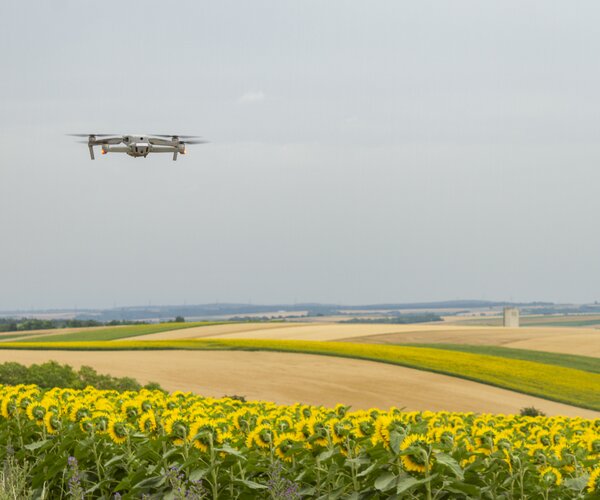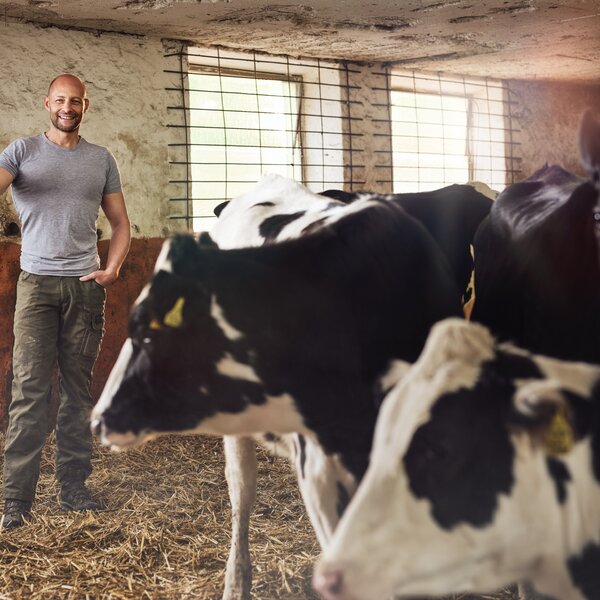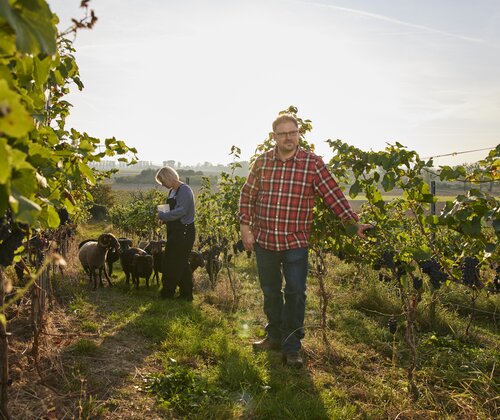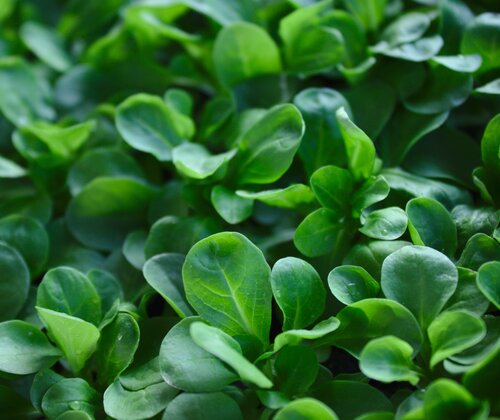
The future of agriculture – guest article from our partner Land schafft Leben
Appreciation of quality, price, a changing climate and changing eating habits are just four of the factors that will determine how we produce food in the future.

It was not so long ago that regionality and seasonality were experiencing a boom: during the coronavirus pandemic, domestic food production became more important to people and many chose Austrian products when reaching for products on the shelves. Meanwhile, however, domestic food products are once again losing out when it comes to what ends up in Austrians' shopping baskets. This is partly due to inflation, which means that consumers are now more price-oriented than quality-oriented when it comes to products. However, communication also plays a role.
It was not so long ago that regionality and seasonality were experiencing a boom: during the coronavirus pandemic, domestic food production became more important to people and many chose Austrian products when reaching for products on the shelves. Meanwhile, however, domestic food products are once again losing out when it comes to what ends up in Austrians' shopping baskets. This is partly due to inflation, which means that consumers are now more price-oriented than quality-oriented when it comes to products. However, communication also plays a role.

Success factor: quality over quantity
However, Austria, with its small-scale agriculture, will not be able to produce food as cheaply as it is possible in countries like Germany or Spain. Hannes Royer, founder of the Land schafft Leben association, does not see the future of domestic agriculture in the ability of manufacturers to produce as much as possible: ‘I have the feeling that in Austria many still believe that “more will make it work”. However, our outstanding feature is quality. We have to remember how valuable our agricultural products are.’
Whether it's food like organic apples, which grow under ideal conditions in the Styrian apple belt, or a chicken from Austria, which has more space in its coop here than in other EU countries. According to Royer, who runs an organic farm himself, the key to success will be to communicate this quality: ‘And not just to the outside world, i.e. to consumers, but also internally. In other words, we farmers must internalise this self-confidence when it comes to our products.’
What is our food worth to us?
But what exactly is the difference between Austrian food and comparatively cheap imported products? Agricultural production in this country is at a high level in many areas – for example, when it comes to social and ecological standards or animal welfare. However, we only promote all of this when we choose domestic food.
This is precisely where we can show our appreciation of quality through our consumption decisions. If we put cheap alternatives from abroad into the trolley, we are awarding a production contract for precisely those foods and their production conditions. At the same time, we are rejecting higher production
standards and domestic quality, but also the high degree of self-sufficiency with regard to many foods. Royer sees a need for action on both sides here: ‘If we want to continue to be well supplied with food, it is not only consumers who should be aware of its value,’ says Royer, ‘our farmers are also called upon to communicate it to the outside world.’
But what exactly is the difference between Austrian food and comparatively cheap imported products? Agricultural production in this country is at a high level in many areas – for example, when it comes to social and ecological standards or animal welfare. However, we only promote all of this when we choose domestic food.
This is precisely where we can show our appreciation of quality through our consumption decisions. If we put cheap alternatives from abroad into the trolley, we are awarding a production contract for precisely those foods and their production conditions. At the same time, we are rejecting higher production
standards and domestic quality, but also the high degree of self-sufficiency with regard to many foods. Royer sees a need for action on both sides here: ‘If we want to continue to be well supplied with food, it is not only consumers who should be aware of its value,’ says Royer, ‘our farmers are also called upon to communicate it to the outside world.’
Traditionally adaptable
What other challenges await farmers in the future and what are they already facing today? For example, current nutrition trends – the proportion of the Austrian population that follows a meat-free diet rose from nine to 15 per cent between 2021 and 2023.
Or with the changes brought about by the climate crisis, because crop failures due to climatic events are already a reality. For example, in 2023 there was a brief supply shortage of domestic potatoes because the drought in the Wald- and Weinviertel regions led to delayed growth.
According to Royer, agriculture is not helpless in the face of upheaval: ‘Farmers have always successfully adapted to climatic changes. Agriculture is not a rigid system in which
laboratory conditions prevail, but rather it is very different from year to year.’ Royer is convinced that, however challenging the speed of climate change makes adaptation in the coming years and decades, farms will find good and innovative solutions here.
The future is now: olives and soya from Austria
For example, the likely shifts in location in the regions due to the changing climate could also be an opportunity: where wheat no longer grows in a few decades, soy could be cultivated, for example – a plant that likes it warm. Finally, olives have recently been successfully cultivated in Austria.
Royer concludes: ‘There are opportunities, they just have to be taken. And that requires two things above all: well-trained farmers with the necessary know-how, and consumers who choose Austrian products.’ The bottom line is that agriculture can only continue to develop and be successful in the face of current and future challenges if its products are ultimately bought.
For example, the likely shifts in location in the regions due to the changing climate could also be an opportunity: where wheat no longer grows in a few decades, soy could be cultivated, for example – a plant that likes it warm. Finally, olives have recently been successfully cultivated in Austria.
Royer concludes: ‘There are opportunities, they just have to be taken. And that requires two things above all: well-trained farmers with the necessary know-how, and consumers who choose Austrian products.’ The bottom line is that agriculture can only continue to develop and be successful in the face of current and future challenges if its products are ultimately bought.



